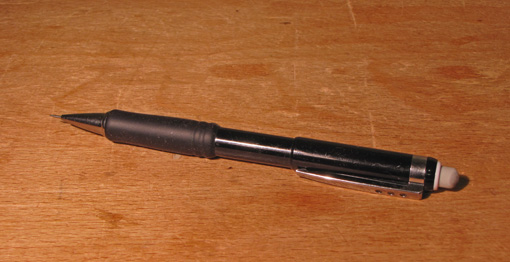This is the introduction to a series of posts that will explore the process of turning an idea into a finished piece. The context will primarily be original work, as distinct from making something from plans or reproduction work.
For woodworkers, understanding the stages of the creative process can help us refine and better utilize it. This is the guts of creative work. For many of those who appreciate fine woodwork, there is a fascination in the development of a piece from something in the mind, to lines on paper or screen, to wood. How does something get to be there?
The outline of the series is as follows:
1. Introduction
2. Ideas
3. Concept
4. Wood
5. Research
6. Mock-up
7. Drawing
8. Building
It should not be inferred from this outline that the process is quite so linear. The stages can overlap, switch order, repeat, and sometimes be skipped. Furthermore, the very nature of creativity can generate endless exceptions to everything involved with it. Nonetheless, there is a generally applicable map that leads a woodworker’s journey from a thought to the existence of a creation that stands on its own. The finished piece reflects the soul of the craftsman/artist as well as the integrity of the process from which it arose.
For me, making things is fun and exciting. Please join me in the exploration! I will reference, as an example, a fairly simple, small piece – a wall mirror. This will avoid unnecessary complexity that might distract from the essential concepts, and it will keep the photography easy. Note that the posts in this series will not necessarily be contiguous because along the way I may get the urge to post on other topics.



I can’t express how much I’m looking forward to this. I’ve come up with my own designs. I’ve completed projects. I’ve never gone from my own idea to completing that idea.
Consider me subscribed!
I look forward to your updates.
I am fairly new to woodworking, although I have been doing carpentry and general home upgrades for quite some time, and I am at a point where I am planning on tackling some more advanced projects. I have gone thru what I consider starter projects and I’m gearing up for some larger, furniture oriented stuff. I’m kind of transitioning to/starting to blend hand tools with my power tools, and having a blast with them. I plan on starting off with a rolling tool chest, and will follow that up with a blanket chest. I have been looking at and evaluating several plans and kind of morphing them into something that will work for me. Since I’m working primarily on weekends and evenings I have given myself a lot of time for these two projects. I will be working on other smaller box oriented projects in between and also want to explore turning (possible pens and bowls), depending on how much I can spend on equipment and such.
So I’ll be right there going thru the stages with you.
Thanks and again I look forward to your updates.
Tony
Rob-
I will watch with anticipation how you get the creative juices flowing.
BTW, those pencils have such a thin lead that I’m only using them until they run out. I have 3 more to go. Then I’ll break out my stash of Venus Velvet 2 2/3 (no longer made – I’m a fan of getting all they have before they stop making them). However, the vinyl erasers in those mechanicals are great.
–Steve.
Hi Rob,
Haven’t heard from you for awhile, so I assumed you were busy cooking up something good!
Tico
Rob,
I’m looking forward to this series. I found your blog through woodnet a month or so ago. Went back to the beginning and read them all.
This particually interests me as I find when I get to your Step #2, my refining process is flawed and it is very hard for me to end up with a concept that is pleasing to my eye. Thus, so far, I have yet to have very much luck with original designs.
Looking forward to this series….
–Mike
Thanks guys. I think this topic – the creative process – is one of the most neglected in the woodworking literature. I appreciate the encouraging words and I will endeavor to make your reading, which I greatly appreciate, worthwhile for you.
Rob